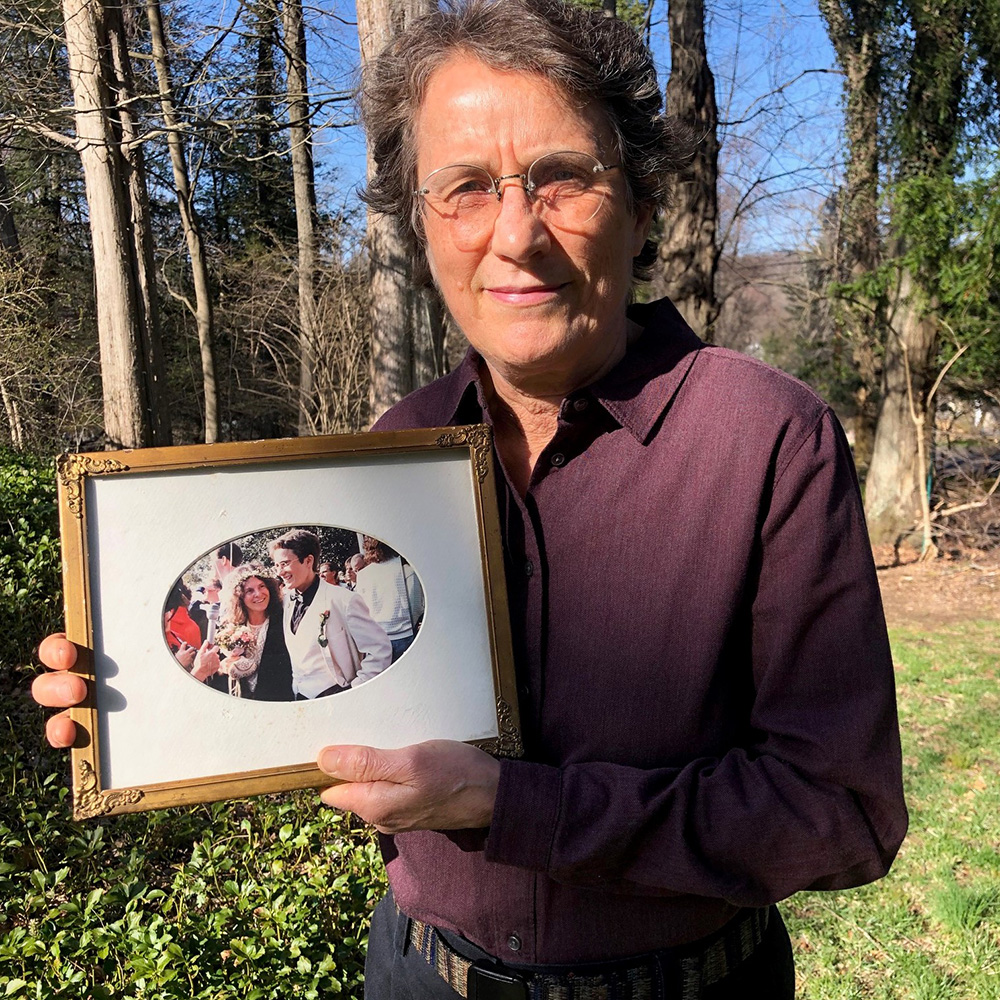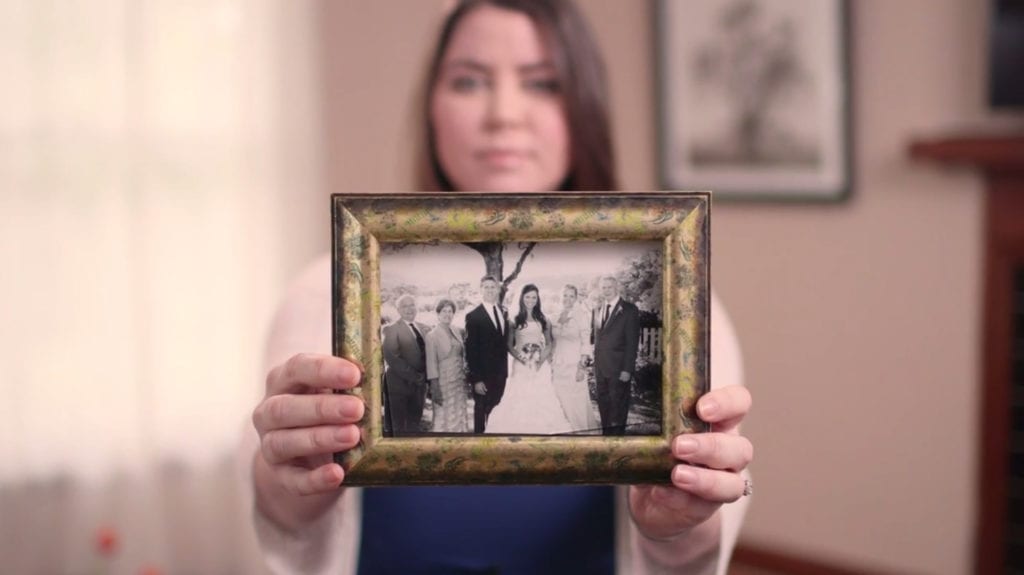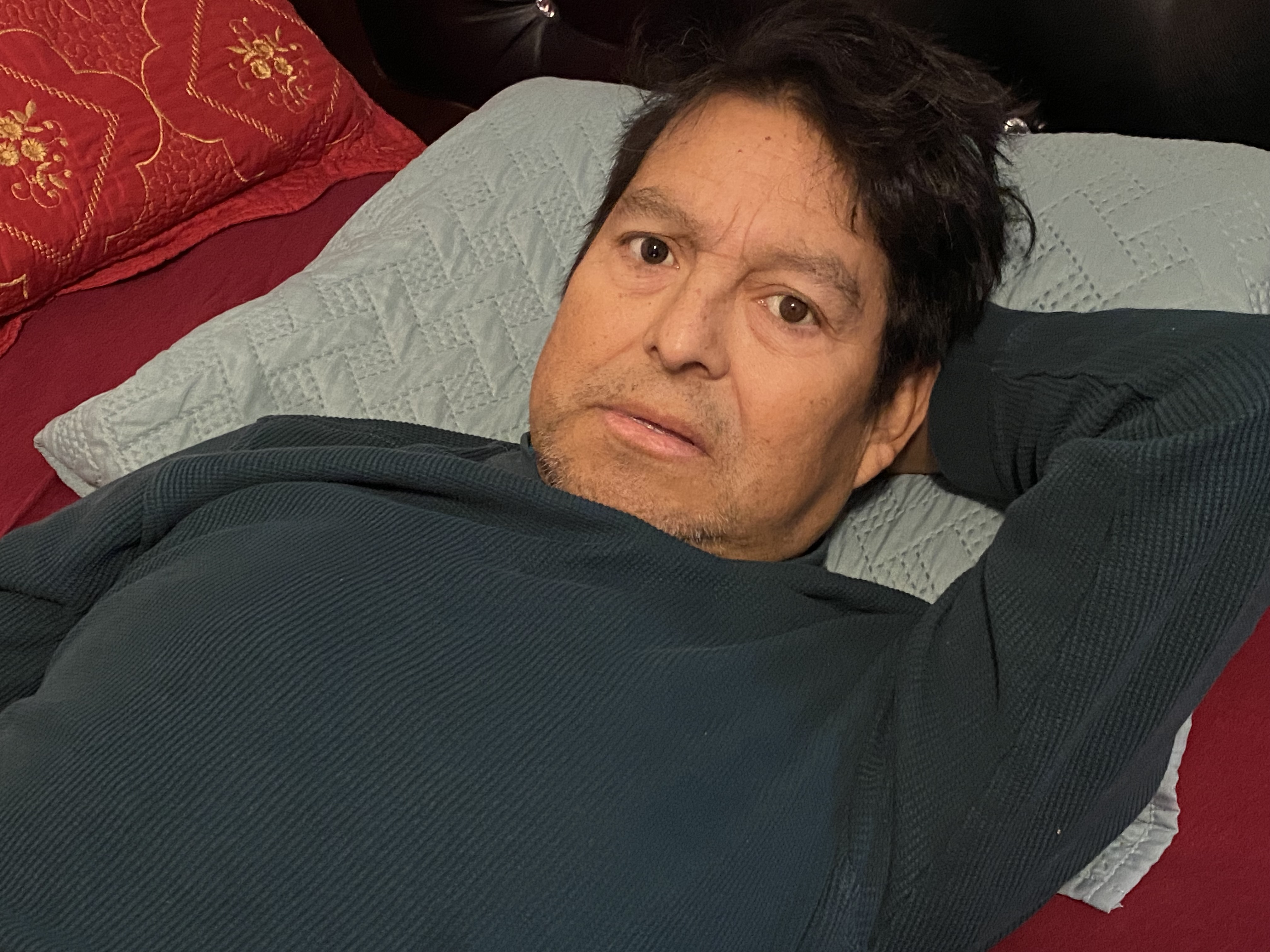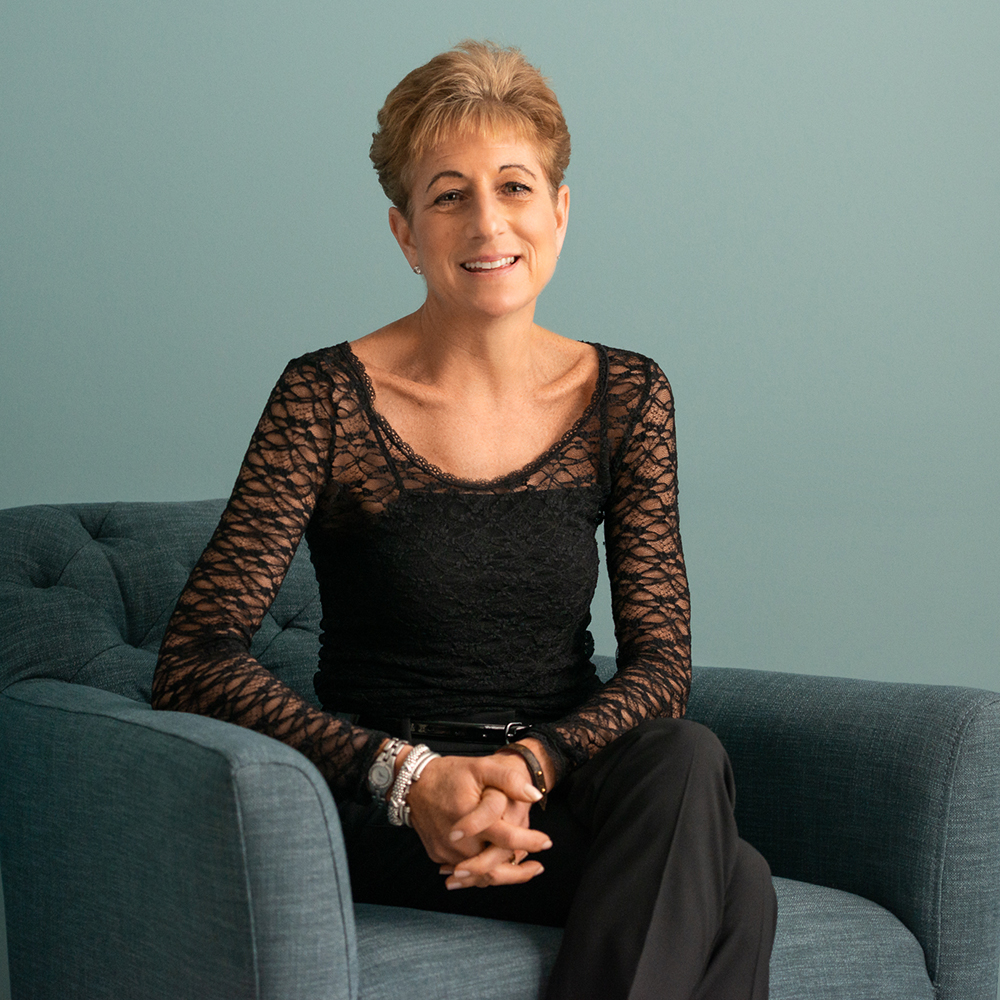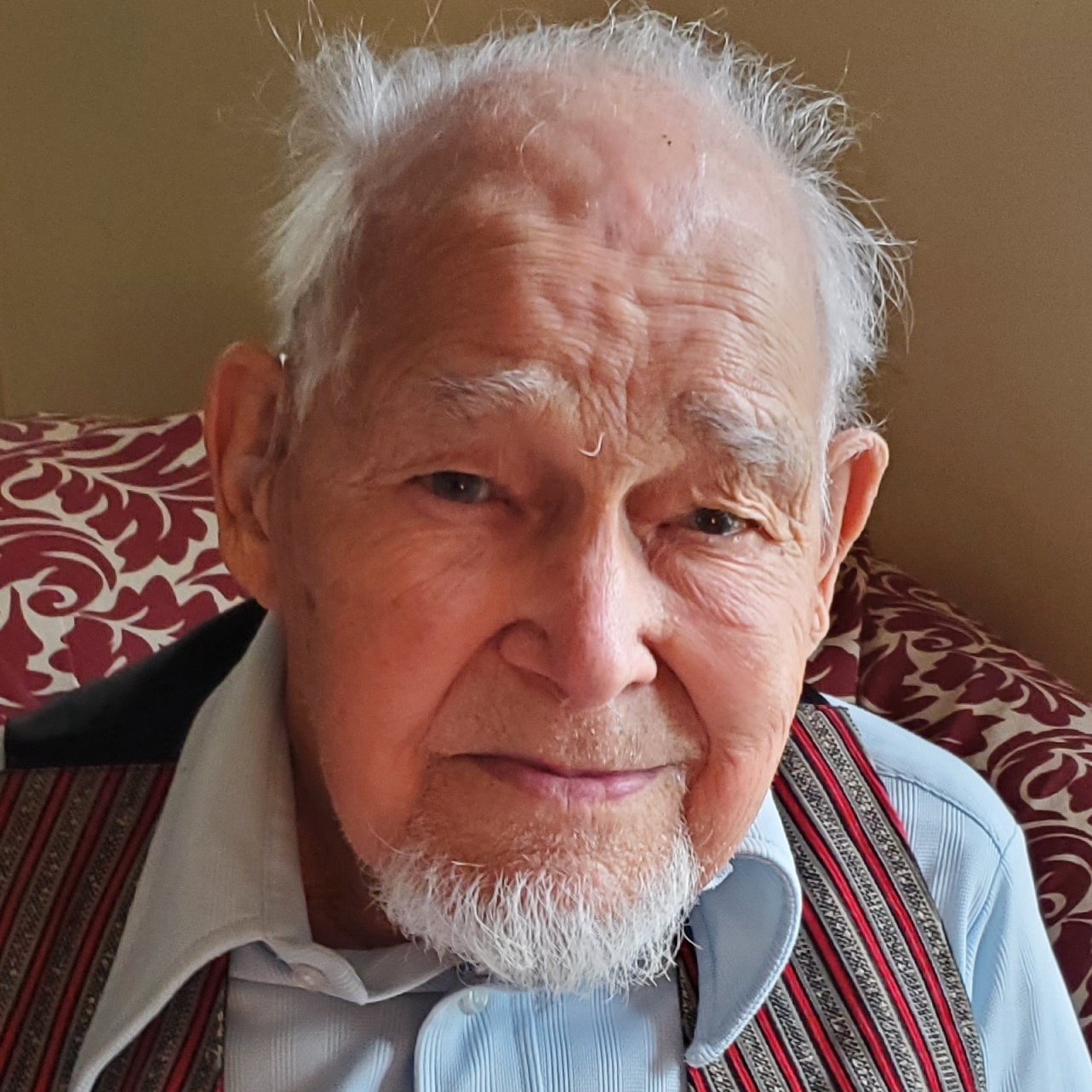PJ shared her story in October of 2022.
As my wife lay dying, I told everyone at the hospice center that I would be the first to testify when a medical aid-in-dying bill came up in Connecticut. Moregan wanted that law badly. She was ready to move on to the next world and leave her ailing, cancer-riddled body behind. She even wrote a little stand-up comedy routine she called “Cross-Over Comedy” about how she was looking forward to finally being at peace. We read it to the hospice nurses and found ourselves laughing despite the circumstances.
As Moregan often repeated in those last months, she’d had a good life. She was a very creative person whose passion was working with fabric. She got her start in the 1960s and ‘70s designing custom clothes for lesbians, even organizing a lesbian fashion show at her Manhattan loft that was featured in DYKE magazine. In the ‘70s, she briefly worked as the costumer for Patti LaBelle’s traveling trio, “LaBelle.” That’s how talented she was.
We met in 1980 in Rappahannock County, Virginia. I had left my hometown in Connecticut and ended up in Washington, D.C., where there was a big lesbian and feminist community. Through friends of friends, I learned about a group of women living on an 1,800 acre farm in the Blue Ridge Mountains about an hour from D.C.
Years earlier, with just her duffle bag and her cat, Moregan had joined this group and was living in this little farmhouse with no plumbing and no heat. It was beautiful, tucked in the hills with a swimming hole and a pond you could walk to. It was the perfect setting for the beginning of our 36-year relationship.
Over the course of our decades together, Moregan continually worked for gay rights and women’s liberation, including sewing banners for the 1993 March on Washington for Lesbian, Gay and Bi Equal Rights. We moved to Norwalk, Connecticut, later that year. In 2006, at the age of 62, Moregan went back to college to study early childhood education and opened a new business teaching sewing to kids and adults — a real labor of love.
In late 2009, Moregan was experiencing some bleeding, so after seeing a gynecologist and a specialist who diagnosed her with early-stage cancer, she had a hysterectomy in January 2010. The doctors discovered during the surgery that in addition to her previous, less serious cancer diagnosis, she had advanced ovarian cancer that had spread into her abdomen.
After one week of chemotherapy, Moregan decided it wasn’t for her. She functioned well on alternative treatments for the next five years or so, but in 2016 she started feeling fatigued and lacked energy. In July, she went to the doctor, who informed her that the cancer had spread throughout her body and she had three to eight months left to live.
Moregan was sick and tired of being sick and tired. Over the years, she had been to three different cancer support centers, including one for women with ovarian cancer, become friends with these women, and then watched as many of them died. On top of her cancer, she was also dealing with other health issues: She had fibromyalgia and arthritis, and had bandages on every joint. She was starting to go blind from optic neuropathy as a result of the little chemo she had had. And she was losing her hearing. All of this resulted in a lack of mobility, which caused painful bed sores.
Moregan just wanted all of this to be over. She’d done everything she wanted to do. She believed in an afterlife and was ready to see her departed loved ones, meet my parents and be with the angels.
Politically astute as ever, she knew about medical aid in dying, or what was known as “death with dignity” at that time. And when she got cancer, she wanted that. But we didn’t, and we still don’t, have that option here in Connecticut. We had a friend in Vermont, where aid in dying was authorized at the time, but it was just too far to go. Driving five hours was not an option; we couldn’t even make it one town over to go to her favorite restaurant where she liked the bartender.
Without an aid-in-dying law on the books here in Connecticut, she had to be miserable for her last six months on this earth. She was in pain both physically and mentally, with the knife of cancer hanging over her head causing real anxiety.
That’s why she decided to voluntarily stop eating and drinking (VSED). She felt it was her only option. I respected her decision — but it was torture.
Moregan lasted for 23 days without food or water. For the first 12 days of the process, we were at home with little support from hospice. By day 12, she had fallen multiple times, was delirious with a horrible bleeding bed sore, agitated and incontinent. Unable to pick her up after another fall, I called for the hospice transport.
Despite communicating with Moregan’s social worker that she was doing VSED and that no one was to give her water, by the time I arrived at the hospice, there were two water glasses by her bed, one empty, one half full. That only prolonged the process, and she lingered for 11 more days before she died on April 16, 2017.
Moregan’s months of suffering culminated in a painful and drawn-out process that she felt was her only way out. If she had had access to aid in dying like she wanted, we could have had a nice little ceremony for her. She would have had control in the palm of her hand. She wouldn’t have had to go through months of agony or shrivel up and die of thirst. She would have picked a nice day and just lain down and died at home.
Why should we force dying people like Moregan to suffer every last minute? It’s cruel. When someone is in pain and they’re not going to survive, they deserve the option of determining when enough is enough. Please pass this bill so that dying people and their loved ones can have peace of mind. So they don’t have to be in agony. So they can pick their time and place to say goodbye.


